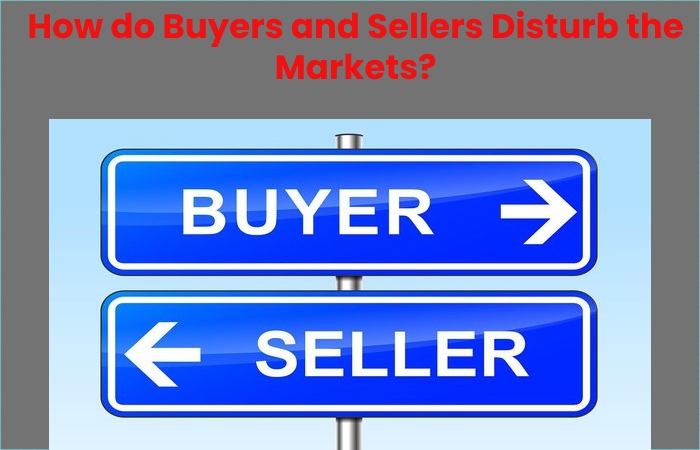Buying and Selling – Buying is the possession or acquisition of goods by paying a certain amount of money for the goods. Sellers carry their goods to the market, and the buyers go to the market with cash to exchange goods they need. A price for goods, a price has to remain negotiated.
The buyer will like to exchange his money for goods he needs, and the seller is willing to part his interests in exchange for cash. Buying and selling is an art; anyone can make money buying and selling depending on how much time and energy you’re willing to put into it. We’ll walk you finished the basics if you want to profit from selling things.
Table of Contents
Procedures for Buying and Selling
Cash Transaction occurs when goods remain bought, and the money remains paid immediately. In a condition like this, the seller issues a receipt to the purchaser as evidence of payment.
Credit sales: This is a condition where the customers cannot pay for their goods and services directly and promise to pay in the future. Such clients are said to buy on credit. They settle in whole or many times, known as payment by instalments.
A question: This is a situation where a purchaser wants to know about the goods he can buy from a seller. An investigation is just a request for information about goods a buyer wants to buy from a seller to ensure a seller has specific interests.
Quote or Price List
This is the letter a seller sends to the buyer requesting the question. The seller sends a list which will show the explanation of the goods. Then, the marketing or sales department prepares a quote or price list.
Order: When the buyer receives a quotation from the seller, he prepares an order. A charge is a firm request for buying goods or services. Several copies remain prepared, one for the seller, one for the buyer’s account department, and the last copy remain kept by the department that requires the product.
Invoice: An invoice is a text which shows a list of goods sent or services provided, with a statement of the sum outstanding for the goods. It offers the discount and amount owed by the customer.
Proforma invoice: A Proforma invoice is a text that states a promise on the seller’s part to carry the products or services as informed to the buyer for a specific price. It is thus not a valid invoice.
Payment and Receipt: After the distribution of goods, the buyer pays the monetary value of the items in the invoice. It might be in cash or by cheque.
How do Buyers and Sellers Disturb the Markets?

At any specified time, one group tends to overshadow the other, and that’s one of the details the price of a market fluctuates. When the other method round, supply increases, demand for the asset start to drop, and the price falls.
In each market, there are buyers and sellers – it’s essential to understand how their relationship works and how it influences their needs. When you place a trade, you’re theoretically either buying or selling a financial asset. Buyers – also recognized as ‘bulls’ – believe an asset’s value is probable to rise. Sellers – or ‘bears’ – usually think its value remains set to fall
What do ‘Buy’ and ‘Sell’ Mean?
When you open a ‘buy’ position, you essentially buy an asset from the market. And when you close your work, you ‘sell’ it back to the market. Buyers – also recognized as bulls – believe an asset’s value is probable to rise. Sellers – or bears – usually think its value remains set to fall.
You’ll be presented with two prices when you open a position with a broker or trading provider. If you poverty to trade at the buy price slightly above the market price, you open a ‘long’ position. If you’re going to change at the selling price – slightly below the market price – you open a ‘short’ place. The difference between buying and selling value is known as the ‘spread’, which the provider takes to facilitate the position.
Therefore the Cost – of an Asset.
At any specified time, one group tends to outweigh the other, which is the primary reason a market’s price fluctuates; when buyers outweigh the sellers, demand for the market rises. As a result, the cost of the asset rises. When it’s the other way around, supply rises, the order for the asset starts to drop, and the price falls. The way supply and demand affect markets remain often referred to as volatility.
A buyer’s market is when buyers have an advantage over sellers. They can negotiate a better buying value for an asset since supply is far more than demand. A seller’s market is when an asset has a limited supply and an overflow of buyers. In this situation, the seller has the advantage.
Conclusion
When you place a trade, you are also ‘buying’ or ‘selling’ a financial instrument A long position in trading is when you buy an asset with the expectation its price will rise. A short position in trading is when you sell an asset in the expectation its price will fall. You can go extended or short on the market by opening a CFD account. When buyers outweigh sellers, demand increases, and price rises. When sellers outweigh buyers, supply increases, and demand and price drop.
Also Read: How to Start a Blog and Earn Money. Is it Possible?
Related posts
Featured Posts
Vanessa Bryant: Who is She? Vanessa Bryant Net Worth 2021
Vanessa Bryant Net Worth – The mother nationality of Vanessa is the American Vanessa Cornejo Urbieta. However, she was born…
What exactly is Google App Console? – Smart Tech Crunch – 2022
You may expand your Google Play company by using the Google Play App Console to publish your applications and games….


